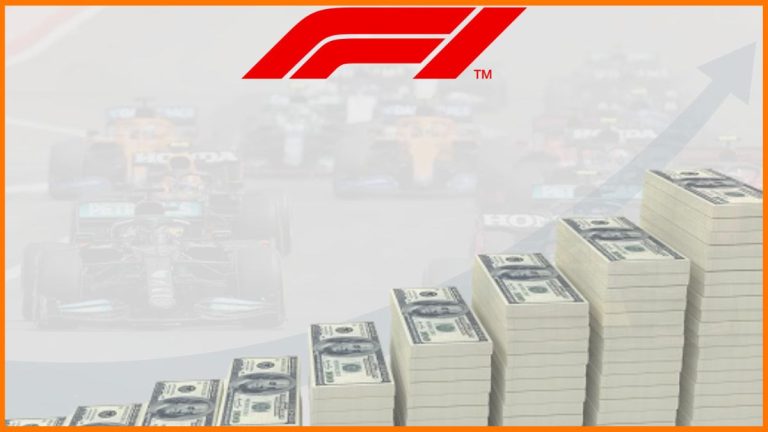Home » Understanding Financial Dynamics: The Art of Making Money in Formula 1

Understanding Financial Dynamics: The Art of Making Money in Formula 1
In the thrilling world of Formula 1, where the roar of engines and the scent of burning rubber create an electrifying atmosphere, the business behind the scenes is just as intense. In this article, we delve into the intricacies of how Formula 1 teams generate revenue, exploring the financial strategies that drive this high-octane sport.
The Business of Formula 1: Beyond the Track
- Valuation and Evolution
Following Liberty Media’s purchase in 2017, Formula 1 has become the most valuable racing event in the world. Purchased for $8 billion, the company is now worth about $16 billion, showing how quickly the sport has grown. In total, the ten teams on the board are worth more than $15 billion, with the best teams being worth an amazing $3 billion each.
The Intersection of Technology and Business
- High-Stakes Technology
Formula 1’s technological prowess is at the forefront, with constant innovation driving the development of cutting-edge components. The intricate process of designing and building an F1 car, costing around $50 million to develop and a few million dollars to produce, underscores the monumental expenses associated with operating an F1 team.
- Financial Strategies: Sponsorship and Prize Money
To sustain these astronomical costs, teams rely on a combination of sponsorship contracts and prize money. The prize money is distributed based on three main columns: participation, constructors’ championship standings, and historical contributions.
Behind the Scenes: Team Principals and Commercial Success
- The Role of Team Principals
Team principals play a crucial role in orchestrating success on and off the track. McLaren’s team principal sheds light on his responsibilities, from securing the best talent to fostering commercial partnerships that enhance the team’s brand visibility. CNBC’s sponsorship of McLaren exemplifies the symbiotic relationship between F1 teams and corporate sponsors.
- MoneyGram: A Strategic Partnership
Exploring the partnership with MoneyGram, the title sponsor of McLaren, reveals the intricacies of aligning brand attributes with F1’s global reach. The connection between Formula 1 fans and MoneyGram customers, often from migrant communities, emphasizes the diverse demographic engaged by the sport.
The Financial Landscape: Budget Caps and Profitability
- Budget Caps and Business Sustainability
The introduction of a budget cap, set at $135 million in 2023, marks a pivotal moment in F1’s financial landscape, ensuring financial predictability and leveling the playing field. The cost cap has contributed to the profitability of F1 teams, making them sustainable businesses.
- Profitability and Team Values
As F1 teams transition from financial struggles to profitability, their values surge. Recent investments in Alpine Racing, valued at over $900 million, showcase the increasing appeal of F1 as a lucrative and sustainable investment. The sport’s growing popularity among a younger audience adds a new dimension to its financial prospects.
Looking Ahead: Racing, Rivalries, and Future Prospects
- Technological Evolution and Racing Rivalries
As the F1 teams get ready for the next season, new technologies and intense rivalry offer an exciting show. Everyone hints at a huge change in the Mercedes car’s design, which is meant to compete with Red Bull’s strength. The competition between Mercedes and Red Bull, which is a lot like “The Terminator,” will keep F1 fans interested.
In conclusion, Formula 1’s financial landscape is as dynamic as the races themselves. From securing long-term sponsorships to navigating budget caps, teams are adapting to ensure both on-track success and off-track financial sustainability. As the sport continues to captivate global audiences, the business behind Formula 1 remains a thrilling and evolving narrative.
